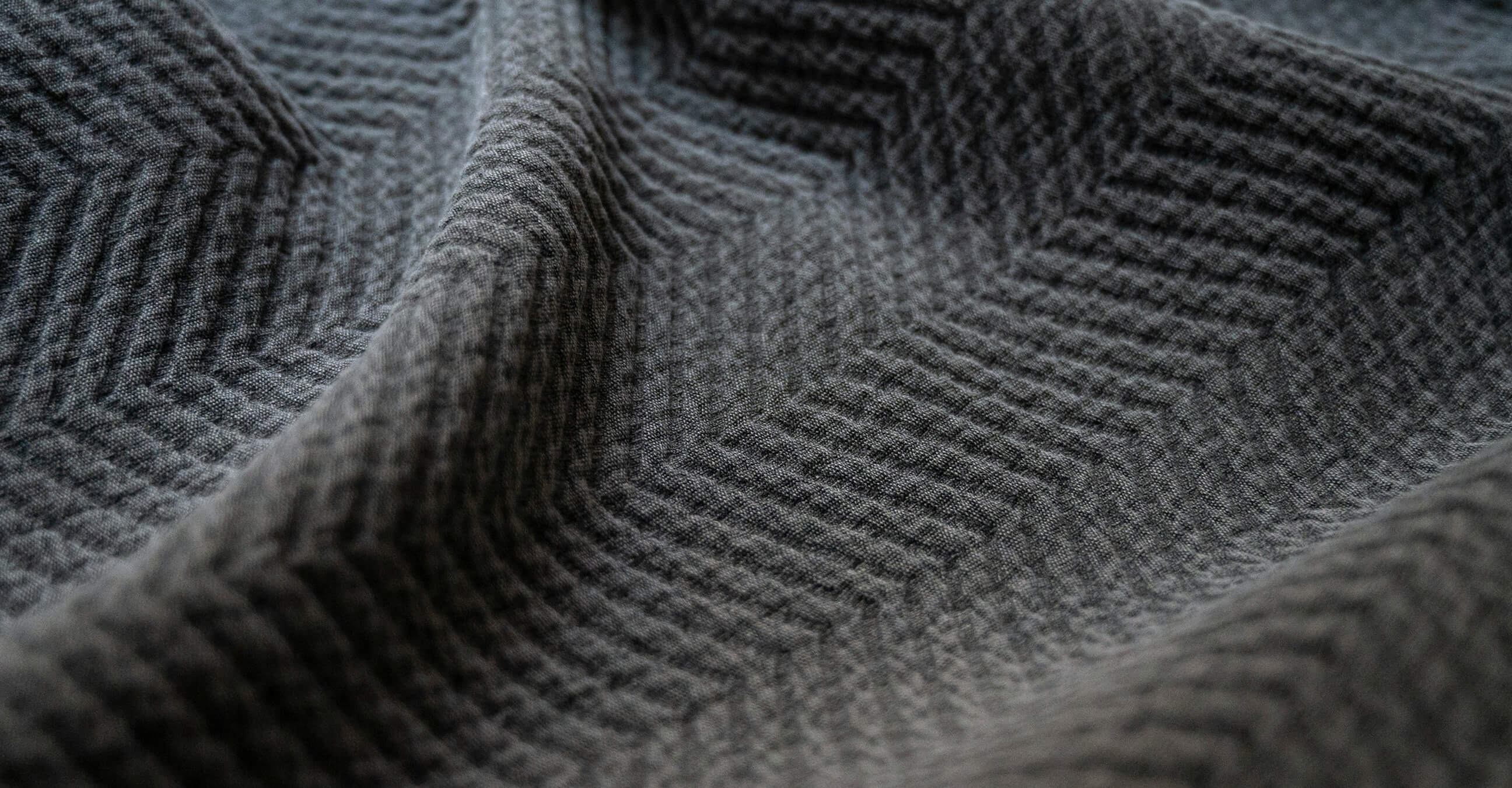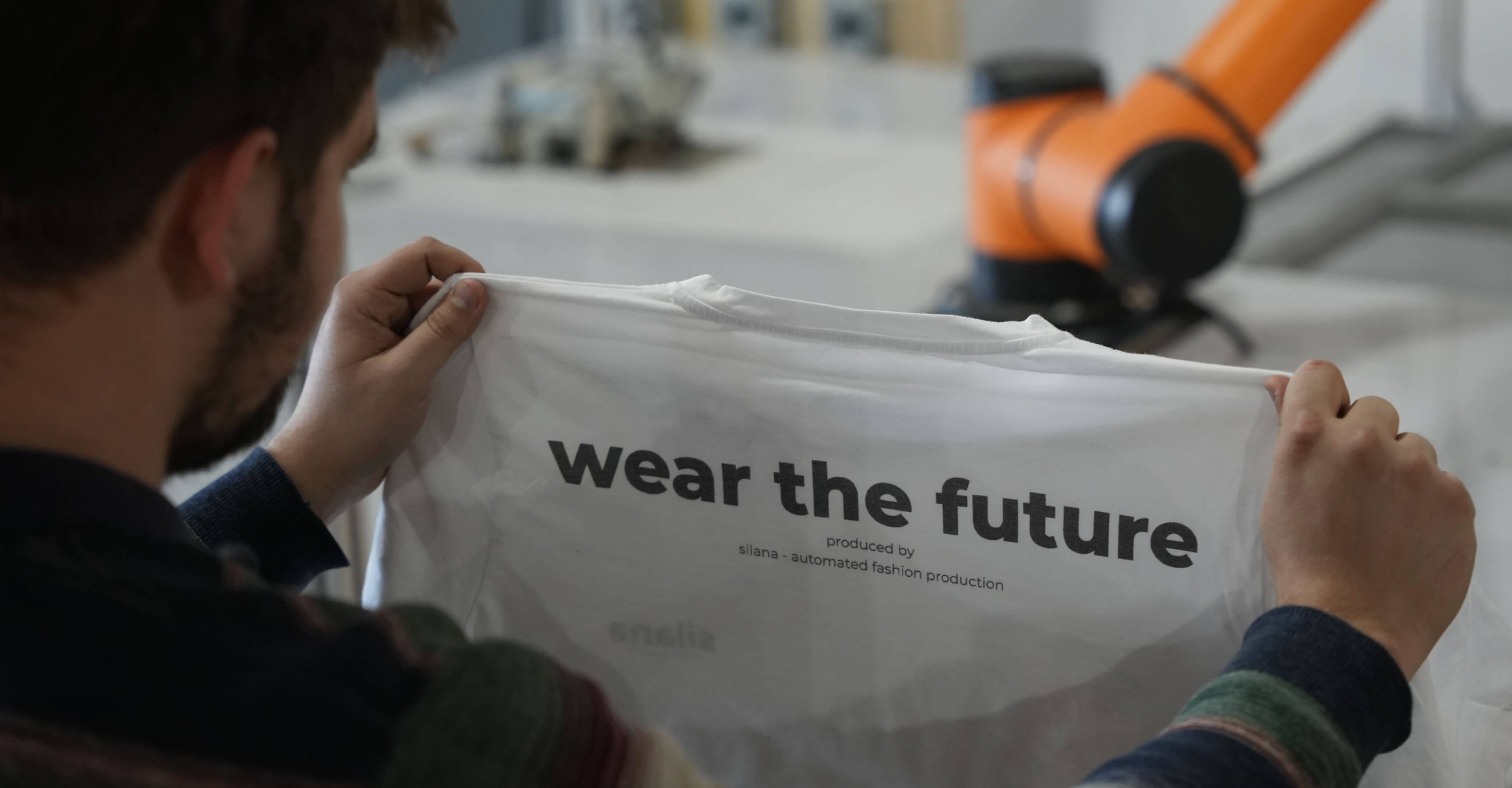Fully automated fashion production
Sustainable, cost-efficient and scalable - ready for the future of fashion.













100% of garments are sewn by hand.
silana changes that.
We’ve developed the world’s first autonomous sewing system, replacing the last manual step in garment manufacturing.

Today’s production systems don’t meet tomorrow's today's needs
30% of garments produced are never sold or used
Long offshore production cycles force brands to commit to massive orders months before demand is known. This results in:
- Gambling with inventory
- Lost profits
- Declining consumer trust.
In fashion alone, this leads to 1$ trillion in losses due to discounted products and unsold inventory (BCG, 2020)
Lack of skilled labor is causing production bottlenecks
While other industries have transformed through automation, sewing remains unchanged. The state of the industry is alarming:
- 4 out of 10 workers are older than 50 (Euratex, 2024)
- 51% of garment manufacturers face a major labor shortage (ifo, 2022)
- Up to 12% monthly labor turnover = re-hiring a factory's entire workforce every year (ILO, 2019)
The result? Rising wages, unreliable capacity and massive uncertainty in production planning. This highly limits nearshoring capabilities and putting global output at risk.
The fashion industry emits 8% of global CO2 emissions
Every single second, a garbage truck of textiles is landfilled or burned. The stats of one of the most polluting industries globally are problematic:
- Responsible for 8% of global CO2-emissions (United Nations, 2023)
- Predicted to reach 26% of world's carbon budget by 2050 (Ellen MacArthur Foundation, 2017, Harvard 2020)
- Causing 20% of global industrial water pollution (European Parliament, 2024)
Much of these emissions is hidden behind fragmented & intransparent supply chains. Silana's approach: making only what's needed, where it's needed and eliminating waste before it happens.
Only 2% of fashion workers earn a living wage
The global sewing industry is built on systemic exploitation — driven by relentless cost-cutting, offshoring, and a lack of technological progress.
- 2019, 1.6 bn. garments imported into the EU were linked to forced / child labor (EFA, 2019)
- Even in Southern California, 80% of garment factories violated wage or overtime laws (U.S. Department of Labor, 2023)
- In key sourcing countries, minimum wages often cover less than 25% of living costs — and globally, only 2% of fashion workers earn a living wage (Oxfam, 2022; Fashion Revolution, 2020)
The production of clothes shouldn't cost lives. With silana it doesn't have to.
Tariffs, supply chain fragility, and stricter regulations are straining fashion’s global model
Fashion’s supply chains were built for cost — not for resilience, speed, or transparency. The last years were a reminder for that:
- Pandemic Shutdowns & Port Delays (e.g. Suez Canal)
- EU & US supply chain regulations
- U.S. Tariffs
Nearshoring does not only de-risk supply chains, it gives brands & producers a strategic advantage.
A new era for
a trillion dollar industry
enables nearshoring on scale, even in high wage countries.
at lower costs
than Made in China







